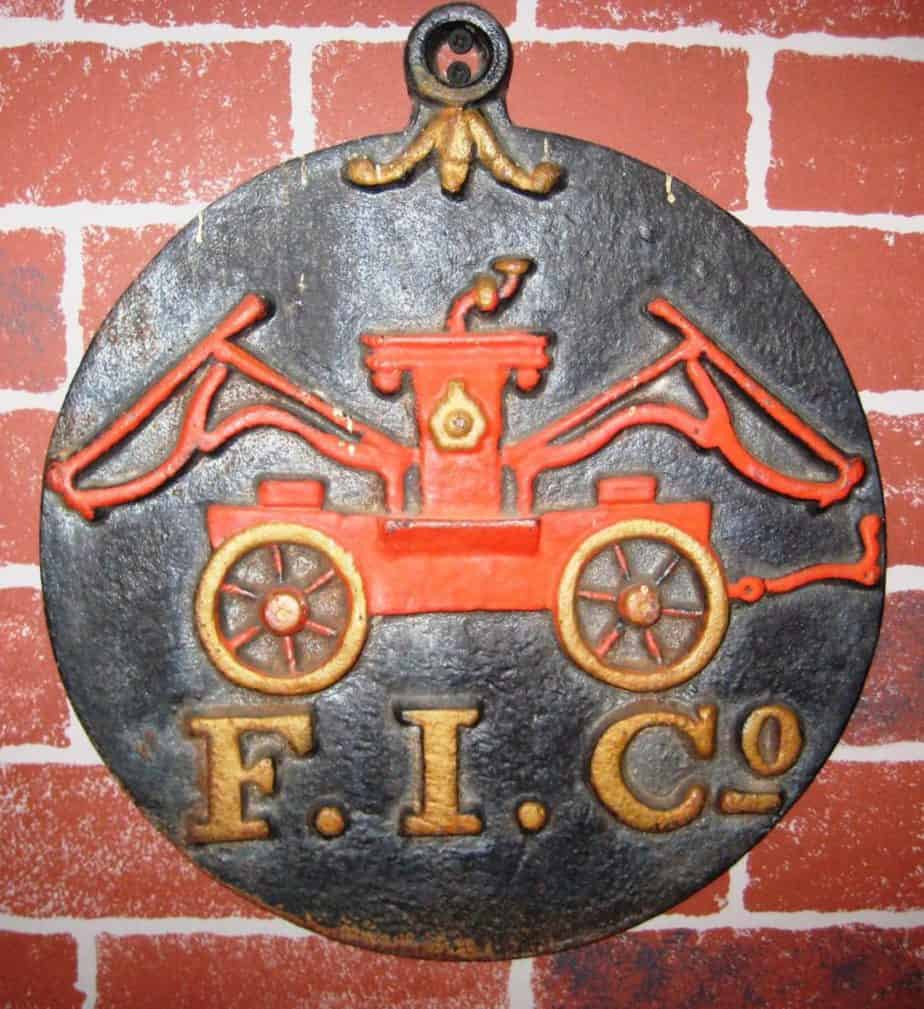To know the the fire service history is to see the value in its practices and the tradition of service and responsibility related with the work of a firefighter. Becoming a student of the history of the fire service will make you a better firefighter.
The advancement in firefighting as seen now and that has been shown since the beginning of the fire service is an aftereffect of the passion to build a stronger and more professional fire service. In particular, as the fire service developed progressively and in complexity, structure fires also turned into a significant impact on the development of industry growth.
Today, rather than steam pumpers drawn by horses there are diesel-driven apparatus with double stage pumps equipped for deploying more than 1,500 gallons per minute, gpm, of water to the fire. Rain boots and cowhide helmets have been replaced by highly protective gear, state of the art equipment to provide the firefighters ability to breath and perform in some of the most dangerous and unforgiving environments.
I urge all firefighters to be a student of the fire service history. Understanding the rich history of the fire service will make you a better firefighter and a steward of effecting positive and necessary changes in the fire service and how the service is provided.
The First Fire Brigades
Albeit the primary proof of firefighting hardware traces all the way back to a water siphon found in the ruins of ancient Egypt, the first signed of a coordinated fire service started in Rome under the leadership of Augustus Caesar more than 2,000 years ago.
More than 500 slaves known as the Triumviri Nocturni (meaning three men of the night) were the first firemen. These firemen, being privately owned slaves, were dispatched each night throughout the city. They would watch for flames and wrongdoing.
In AD 60, under the Emperor Nero, this group became a private protection service that provided the wealthy of the time, protective services. Building proprietors and business people had the decision of paying for this service or selling the destroyed structures after it burned. If the inhabitants consented to terms, buckets would be passed along from the closest water supply to the fire.
This simple arrangement of fire detachments guarded Rome until AD 64 when 66% of Rome was obliterated by fire. Rumors have spread far and wide suggesting that “Rome was consumed while Nero played.”
Rome’s intrusion of Britain during this equivalent period carried with it the idea of fire units. However, following nearly one hundred years we saw a decline in coordinated fire suppression as towns and urban areas all through Europe tumbled to different countries.
It wasn’t until the 1600s that England had at long last rebuild and progressed as a country did we see the development of an early fire protection service.
The Advancement of the Fire Service
As Europe grew other parts of the country followed this example of coordinated fire protection and dedicated personnel to handle these duties bring us the first “Firemen” to manage this protection by using manual horse drawn pumps bringing the fire fighting water to the fire. During this time we saw the development of water systems and leather fire hose additional tools to fight fire.
Insurance agencies of the era saw this type of protection as a profit incentive. Business owners and home owners that purchased this protection would be marked by some kind of sign or placard to show the insurance sponsored fire brigade hey have hired for their service. These fire brigades were told to provide their service to only those structures that were identified by these markings.

While these progressions added in better protection, it did little to stop the Great Fire of London in 1666. However it did provide a plan for firefighting in the new world.
The American Fire Service History
In America, a significant part of the credit for making the first volunteer fire service, is given to Benjamin Franklin. Beginning in 1736 in Philadelphia, Ben Franklin developed fire “clubs” or communities to ensure the homes in the city were protected. “Fire watchers” wandered the roads of New England and sounded the alarm with huge wooden clatters to unite the bucket brigades dispatching the firemen and equipment to the fire.
Learn more about Ben Franklin by clicking here about Ben Franklin’s 13 Virtues for Habit Formation.
As improvements in firefighting equipment advanced toward the shores of America, so did the need for better protection services. As in Europe, insurance agencies upheld neighborhood fire detachments who ensured protection to insured structures. Identified by metal placards showing their protection supplier, these structures turned into the object of competition by adjoining local groups of fire-fighters. While the main ladder thrown onto a consuming structure was viewed as justification for ownership, a large part of the fire ground was consigned to contentions and battles before extinguishment was started.
The Fire Service: History, Traditions & Beyond
This book is for everyone who wonders why fire engines are red, why a chief has five “bugles” while a captain has two, why fire hydrants are sometimes called “fire plugs” and why we toll bells and play bagpipes at firefighter funerals.
Revolution of the Fire Service
By the 1900s, it became apparent that such private fire companies and their related local groups of firefighters would need to be regulated by the local government and not large business. Therefore, America entered the manufacturing age and volunteer local groups of firefighters were governed and supported by local municipal partnerships.
During this time, the fire service profited from innumerable advances in equipment and service delivery. The combustion engine, the hydraulic pump, call boxes and geographic addressing helped local groups of firefighters in their sworn obligation to protect life and property.
This quick development in population, business, and industry was not without its challenges. Rather than wood, fleece and cotton as fuels, firefighters were confronted with new structural materials like steel, nylon and rubber.
The Modern Fire Service
The 21st century has seen the production of new and expanded dangerous fire conditions. Steel and nylon are being replaced by plastics, polymers creating many hazardous gases. Homesteads and farms are being replaced by endless urban growth and light industry. Towns are presently urban areas and metropolitan regions.
Today, rather than horse drawn steam pumpers, there are diesel-driven apparatus with two and even three stage pumps equipped to provide more than 1,500 gpm to the fire. Rubber boots and leather helmets have been replaced by vapor and fire resistive coats and composite helmets. Self Contained Breathing equipment, SCBAs, allow firefighters to safely enter into structure without the worry of breathing toxic smoke and gasses. Modern day infrared equipment helps to quickly find hidden fire and trapped victims.
Today, firefighting is seen as a profession. As society fills in its requirement for complex social administrations, so too does the interest for more prominent methodology by those entrusted to respond. This implies to the modern day firefighter, volunteer or paid.
As a firefighter it is important to learn all levels of the fire service and how Local, State, and Federal government supports the fire service. As a firefighter it is crucial for you to continue and increase your knowledge and training in the tactics and operations that keeps you and your fellow firefighters safe and well informed.

